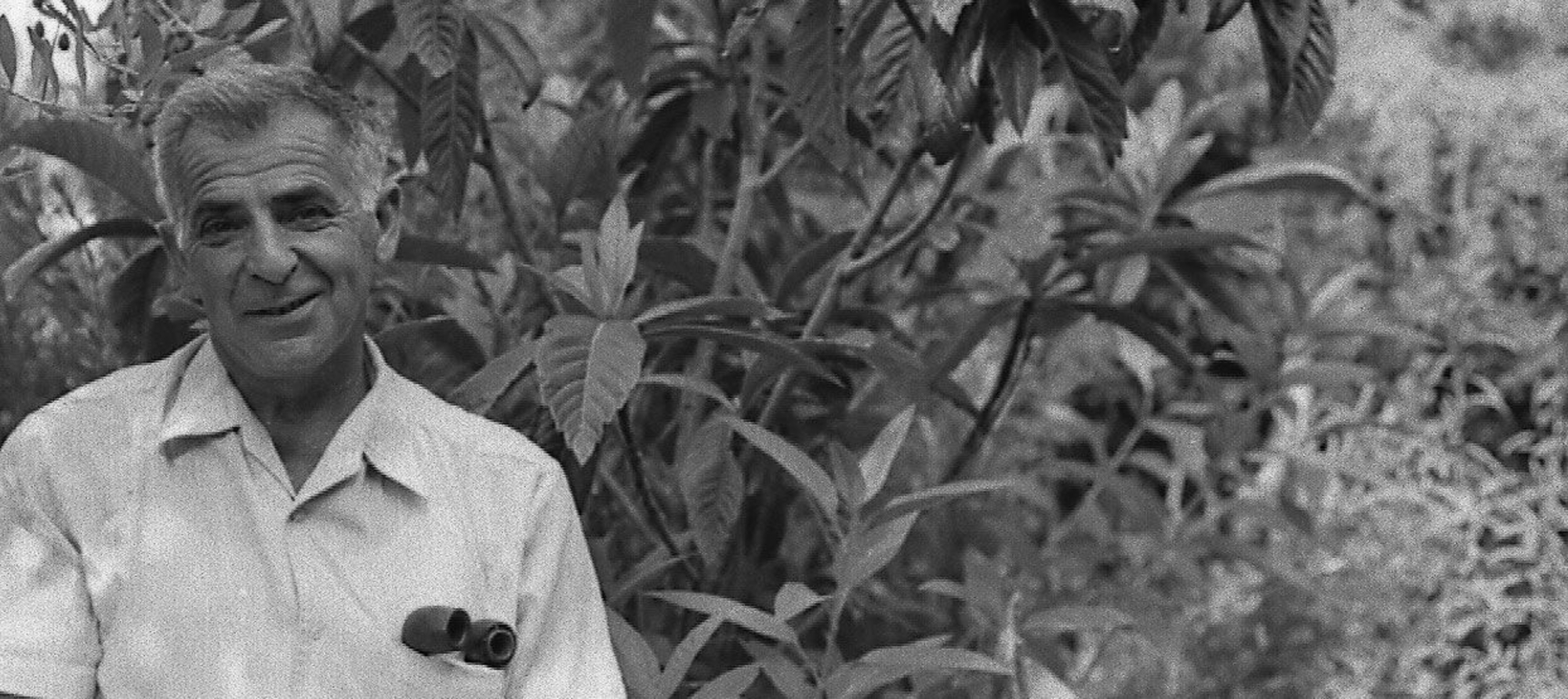
- Home
- Lattara and research
- A multi-institutional and international team
The desire to take into account every parameter of a complex archaeological site as well as its environment required a multi-disciplinary team that brought together archeologists, historians, anthropologists, specialists in various areas of production (such as crafts, trade, agriculture, animal husbandry, fishing, etc.) and of course, specialists in environmental subjects (including geology, geography, pedology, palynology, anthracology, carpology and malacology).
The development of such abundant areas for study, and the goal of improving research methods in a wide range of disciplines would not have been possible without a competent team and multiple institutional partnerships. Currently the team has members from the CNRS, France's university network, the Ministry of Culture and INRAP. But at a time when Europe is becoming a unified space for scientific collaboration, it was decided very early on to put an international team in place.In particular, members from abroad come from Mediterranean institutions with which relationships had already been established (in Italy and Spain) but also – to complete the ethnological approach – from the Cultural Anthropology Institute at the University of Chicago. However, such a strategy does not mean that the excavation became a patchwork of archaeological compromises – far from it.

